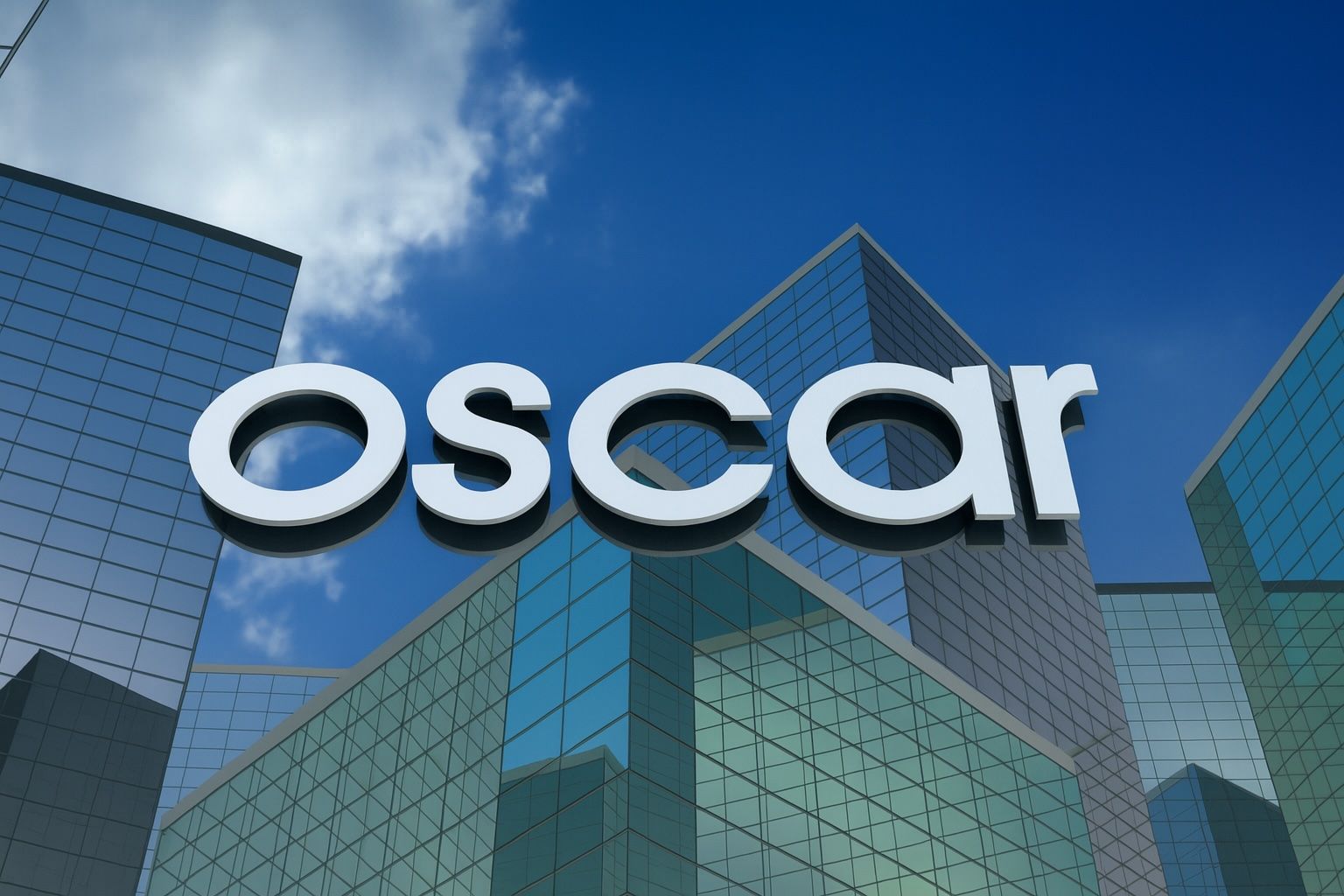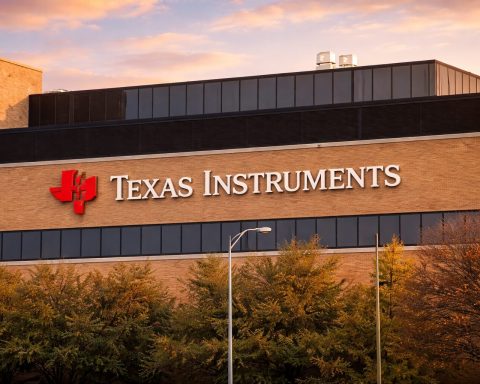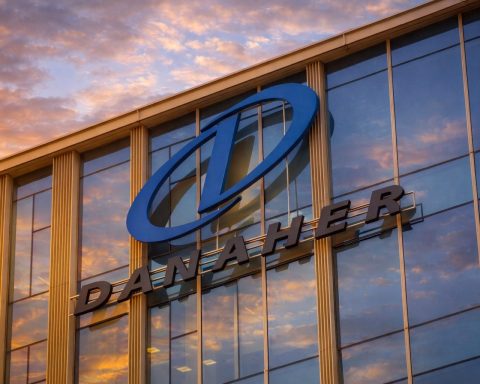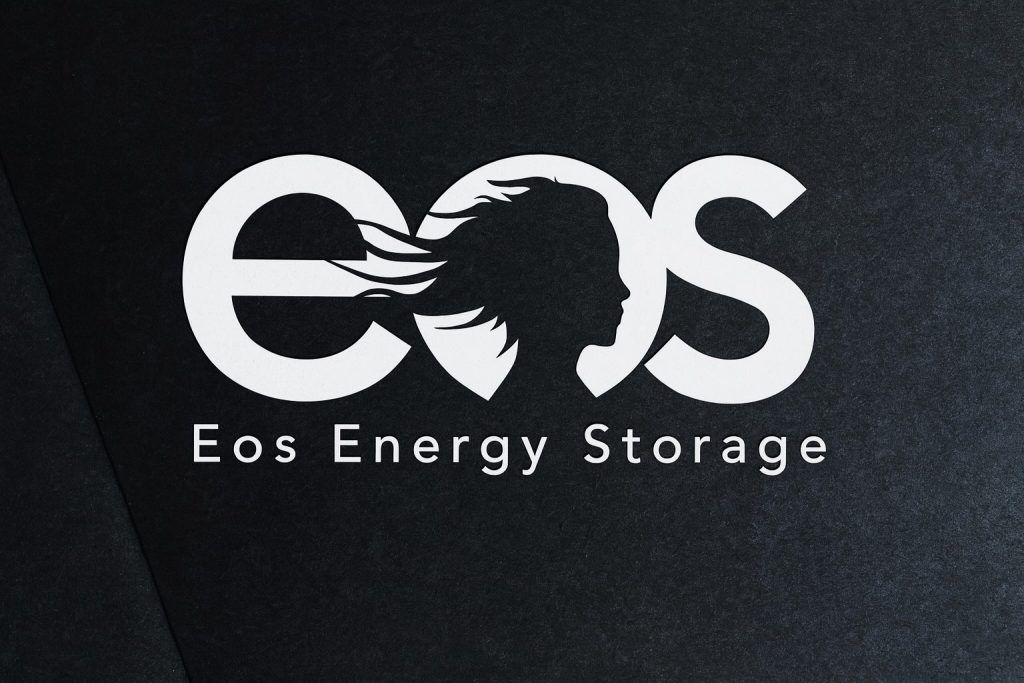- Price & Market Cap (Oct 3, 2025): OSCR is trading around $19.81 midday on Oct 3 (up ~2.75% intraday), well above its 52-week low. The 52‑week range is $11.20–$22.77 and market cap about $4.9 billion.
- Recent Performance: The stock has gained roughly +6.9% over the last month versus the S&P 500’s +3.9% [1], as investors digest Oscar’s growth initiatives and ACA market trends.
- Financial Snapshot: In Q2 2025 Oscar reported $2.864B revenue and a $228M net loss [2]. The company now forecasts full-year 2025 revenue of about $12.0–12.2B with a roughly ($300–$200)M operating loss. (This guidance reflects widened medical loss ratios in the ACA marketplace.)
- Membership: Oscar serves about 2.0 million members (individual and small group) as of mid-2025 [3]. Its offering is heavily ACA-focused, with ~98% of business in the Affordable Care Act (ACA) exchanges.
- Leadership: CEO Mark Bertolini (former Aetna CEO) took the helm in 2023, pivoting Oscar toward profitability [4]. In early 2025 Oscar reorganized its leadership – appointing veteran insurer Janet Liang (ex-Kaiser) to run its insurance operations [5].
- Analyst Ratings: Analysts are cautious. The consensus rating is around 3.3/5 (between “hold” and “sell”). Several firms (Jefferies, Piper Sandler, Wells Fargo, Barclays, UBS, etc.) have recently downgraded or cut price targets, citing ACA risk and pricing concerns.
Stock Performance (Oct 3, 2025)
As of this afternoon’s trading on Oct 3, Oscar Health shares are up ~2.8% around $19.81. The stock opened near $19.82 and is trading in a tight range (today’s low ~$19.80, high ~$19.95). Yesterday (Oct 2) it closed at $19.28 (+2.0%), continuing a rebound from late-September lows (it had hit ~$17 in mid-September). Volume so far is modest (~0.2M vs a 3‑month average of ~0.5M). Year-to-date Oscar’s stock is up roughly 30–40% from 2024 lows (last fall it traded under $15), and it has outpaced many traditional insurers on a percentage basis this year [6].
Recent Developments & News Flow
- Convertible Debt Offering: On Sep 11, 2025 Oscar announced a $350 million convertible note offering (due 2030, plus up to ~$52.5M extra) [7]. Proceeds will fund Oscar’s growth initiatives: AI and technology investments, care-cost reduction, and expansion of membership (including “the potential extension of enhanced premium tax credits” in ACA plans) [8]. (The company plans to retire its credit line with the new proceeds.) This large-capital raise underscores Oscar’s need for funding as it expands aggressively in 2025–26.
- Partnerships & Expansion: Oscar has been striking new partnerships. In late 2024 it announced an “Oscar + Hy-Vee” health plan for small businesses in Iowa, rolling out Jan 2026 [9]. CEO Bertolini quipped that healthcare coverage should be “as easy as buying milk at Hy-Vee” [10], reflecting Oscar’s consumer-friendly pitch. Separately, Oscar’s Oct 2024 expansion plan unveiled plans to offer new targeted products (e.g. a Spanish-language plan “Buena Salud”) in 504 counties across 18 states for 2025 [11] [12]. Bertolini said Oscar would make “shopping for healthcare easy” and give people “the freedom to select plans that work best for them” [13]. These moves aim to grow Oscar’s 2.0M member base and enter new markets.
- Executive Changes: Beyond Liang’s January 2025 appointment, Oscar also saw departures: its former Chief Insurance Officer Alessandrea Quane left, and COO Steven Wolin resigned early 2025 [14]. These shake-ups align with Oscar’s shift toward a more centralized insurance strategy under Liang. Bertolini and management stress that these changes will help Oscar control costs and member growth.
- Earnings and Guidance: While Q2 2025 results (Aug 6) showed revenue up 27% to $2.864B, Oscar missed profitability (net loss $228M) [15]. Its Medical Loss Ratio (MLR) hit 91.1% [16], meaning 91% of premium dollars went to members’ care. Oscar warned this is due to acute cost trends and risk pool shifts in the ACA market. Management revised full-year 2025 guidance accordingly: revenue now ~$12.0–12.2B and operating loss ($300–$200M). CEO Bertolini remains optimistic, arguing “the individual market has long-term upside” and Oscar is “well‑positioned to manage through [the] market reset”, with an expected return to profitability in 2026 [17].
Analyst Perspectives & Forecasts
The market outlook for OSCR is mixed. Many analysts have turned cautious on Oscar due to ACA uncertainties:
- Wells Fargo (July 11, 2025): Downgraded Oscar to Underweight (PT $10) after warning that Oscar’s 2025 pricing “does not appear adequate to cover cost trend + increasing market acuity” [18].
- Jefferies (July 2025): Made multiple cuts – first lowering its PT to $9 (Underperform) on ACA risk-adjustment concerns [19], and then to $8 after Oscar announced a $500M EBIT cut [20]. Jefferies estimates Oscar could face roughly $880 million in unexpected ACA risk-adjustment payables for 2025 (similar to shortfalls at Centene) [21].
- Piper Sandler (July 2025): Cut Oscar from Overweight to Neutral (PT ~$14) on fears that ACA market headwinds weaken the risk/reward for 2026 [22]. Piper remains “comfortable” with 2025 execution but is wary that policy changes (market rules, subsidy expiration) will drive volatility [23].
- Barclays (Aug 2025): Initiated coverage at Underweight with PT $17, highlighting that ACA policy risks could threaten Oscar’s margin targets [24]. Barclays warned the ACA exchanges may see an “insurance spiral” – healthy enrollees dropping out could cause “higher attrition and further destabilization of the risk pool”.
- Other Firms: UBS and Wells Fargo have also moved to bearish ratings, Wells (again) cutting PT from $16 to $10 [25]. In contrast, some bulls note Oscar’s growth: Zacks’ last consensus forecast (Oct 2025) expects Q3 ~28% revenue growth to ~$3.09B, though EPS is still negative [26]. But overall, analysts’ average PT (~$12–$18) sits below current prices, indicating skepticism [27].
In summary, analysts caution that near-term profitability is uncertain. As one commentator noted, Oscar’s stock has climbed (~40% YTD) even as “analysts remain skeptical” with lukewarm targets [28] [29]. Oscar’s leadership argues that price increases and member growth will restore profits by 2026 [30], but market watchers emphasize the risk of ACA market shocks.
Business Model & Strategy
Oscar is an insurtech – a technology‐driven health insurer founded in 2012 by Josh Kushner and Mario Schlosser (with early backing from Google/Alphabet). It set out to make health plans consumer-friendly via a full-stack platform and 24/7 concierge service. Unlike legacy carriers, Oscar sells primarily in the individual ACA marketplaces and small group plans. It has since diversified: it now offers Medicare Advantage in select states and recently launched employer-sponsored Marketplace plans (like the Hy-Vee program) using ICHRA arrangements [31].
Oscar touts its digital-first approach: its mobile app handles doctor scheduling, claims, telehealth, etc., and it sells a few direct partnerships (e.g. with hospitals or pharmacies). Its 2025 strategy emphasizes tailored products (e.g. Spanish‑language plans, multi-condition chronic care plans) and bundling with employer benefits [32]. CEO Bertolini says Oscar’s focus is on affordability and simplicity, giving members “control over the products they buy…except healthcare” – a gap Oscar aims to fill [33] [34]. The company invests in data/AI for underwriting and risk adjustment, hoping tech gains will eventually offset its high claim costs.
Structural Shifts: In late 2023 Oscar moved to public ownership (IPO ~ $37/share, now ~$19). In 2024-25 it spun off certain operations (market expansion into 18 states and 504 counties for 2025 [35]), and it replaced several senior leaders (bringing in Liang from Kaiser for insurance ops [36]). It is also preparing to reduce expenses: in mid-2025 management implemented a $500M EBIT cut and raised premiums for 2026. The recent convertible debt deal suggests it aims to use cash on tech and efficiency projects to achieve profitable unit economics.
Sector Context & Peers
Oscar operates in a turbulent ACA insurance market. Many insurers are retrenching: for 2026, average ACA premium hikes are large (KFF reports median proposed hikes ~15%) as enhanced subsidies expire. Major players like Centene, Elevance (Anthem) and Humana have warned of similar risks (Centene cut guidance sharply in July). Smaller peers have struggled – Medicare-focused Clover Health (NASDAQ:CLOV) saw its stock collapse on its own risk-adjustment issues, and Bright Health filed bankruptcy in 2022.
Among public insurers, Oscar is still tiny: UnitedHealth (NYSE:UNH), Elevance (NYSE:ELV), Cigna (WELL), Humana (HUM) all have 10–50x Oscar’s revenue. But none of those have Oscar’s consumer tech branding. The closest peer in insurtech is Clover (Medicare Advantage) or Alignment (Medicare) – both also tech-savvy but with mixed results. Compared to those, Oscar is more diversified (ACA + some employer), but its margins look weak: Oscar’s MLR of 91% in Q2 was higher than Centene’s ACA MLR (~85–90%) [37]. In short, Oscar shares trade more like a high-growth startup than a conservative insurer, which justifies the volatility.
Expert Insights & Forecast
Oscar’s fate will hinge on ACA market stability. Bull case: If Oscar can stabilize 2025 losses via pricing and expense cuts, its aggressive member growth and tech leverage could yield profits in 2026 as promised [38]. Some analysts argue its current 0.46 P/S (price/sales) is still low for a high-growth insurer, implying upside if guidance proves conservative. CEO Bertolini’s public stance is upbeat – for example, he recently stated: “[W]e remain committed to our long-term strategy” of building out Oscar’s model despite short-term losses. He also noted Oscar’s strong free cash ratio and manageable debt [39].
Bear case: However, experts widely warn of “headwinds ahead.” Wells Fargo’s note summed up the concern: Oscar’s 2025 pricing may not cover costs, and 2026 subsidies cuts could “produce unprecedented disenrollment, risk pool degradation and rate/trend volatility” [40] [41]. Barclays put it bluntly: an insurer can enter a damaging “spiral” if sicker members remain while healthy ones leave. Jefferies sees Oscar as a pure-play exchange risk, especially vulnerable in Florida, Georgia and Texas where risk scores are falling [42]. On Oct 3, with the stock near recent highs, its valuation is already above some analysts’ bear-case targets ($8–$14).
Forward-looking: Consensus models still expect Oscar to become net profitable (EBIT and EPS >0) by about 2026–27. For example, Oscar’s own investor day targets >$2.25 EPS by 2027 via margin expansion [43]. If Oscar can execute on its tech initiatives and avoid any fresh regulatory shocks, the 2026 outlook could improve. In the near term, watch for Q3 earnings (likely in Nov 2025): analysts expect ~28% revenue growth to $3.1B but continued losses (Zacks calls for ~$–0.55 EPS) [44].
Bottom line: Oscar Health’s stock has been buoyed by its rapid growth and ambitious expansion plans, but many experts caution that everything depends on the ACA marketplace stabilizing. As one industry watcher put it, the company is “challeng[ing] the status quo” and aiming to capture more customers [45], but investors should weigh that against ACA policy risks. With the market open today, the stock’s +3% move reflects optimism about growth and capital plans, yet analysts’ price targets suggest caution.
Sources: Official filings and news releases [46] [47]; health industry media and reports [48]; financial news wires and analyst reports [49].
References
1. www.nasdaq.com, 2. ir.hioscar.com, 3. ir.hioscar.com, 4. www.reuters.com, 5. www.sec.gov, 6. www.nasdaq.com, 7. ir.hioscar.com, 8. ir.hioscar.com, 9. ir.hioscar.com, 10. ir.hioscar.com, 11. www.hioscar.com, 12. www.hioscar.com, 13. www.hioscar.com, 14. www.sec.gov, 15. ir.hioscar.com, 16. ir.hioscar.com, 17. ir.hioscar.com, 18. aishealth.mmitnetwork.com, 19. www.investing.com, 20. www.investing.com, 21. www.investing.com, 22. www.investing.com, 23. ca.investing.com, 24. www.investing.com, 25. stockstotrade.com, 26. www.nasdaq.com, 27. www.ainvest.com, 28. www.nasdaq.com, 29. www.ainvest.com, 30. ir.hioscar.com, 31. ir.hioscar.com, 32. www.hioscar.com, 33. www.hioscar.com, 34. ir.hioscar.com, 35. www.hioscar.com, 36. www.sec.gov, 37. ir.hioscar.com, 38. ir.hioscar.com, 39. ca.investing.com, 40. aishealth.mmitnetwork.com, 41. ca.investing.com, 42. www.investing.com, 43. www.investing.com, 44. www.nasdaq.com, 45. ir.hioscar.com, 46. ir.hioscar.com, 47. ir.hioscar.com, 48. aishealth.mmitnetwork.com, 49. www.investing.com







